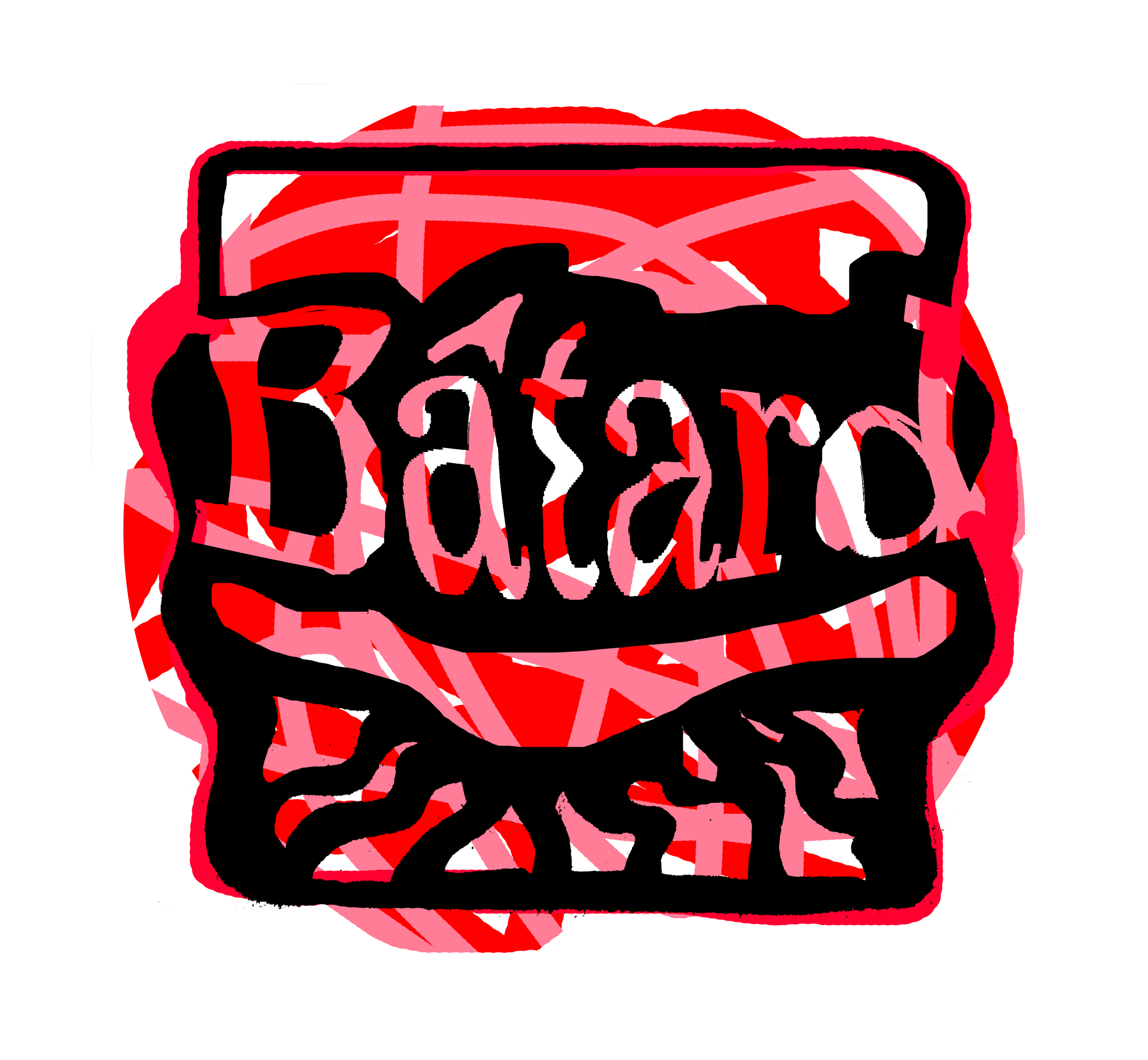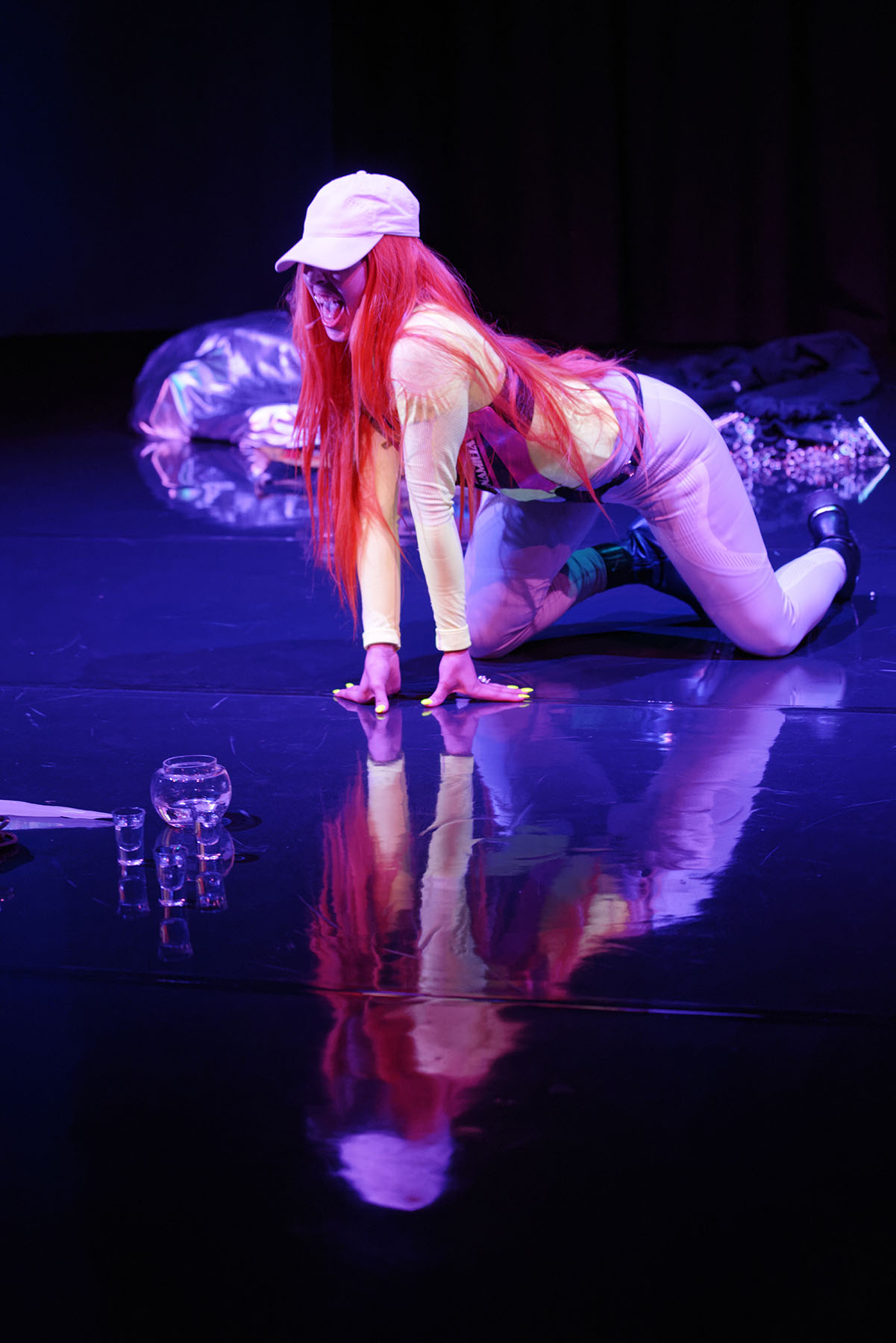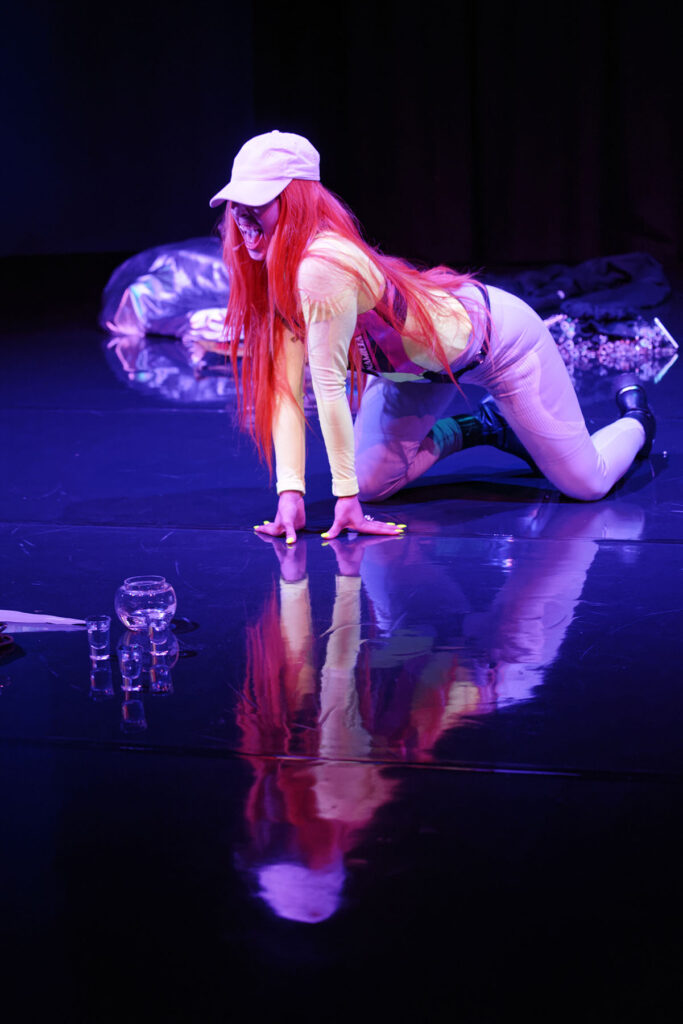
part 1 Magic Cells

The Torch, The Key and The Snake
50 mins · language English
Wednesday 5th April
21:00 Golden Zaal Beursschouwburg
spirits of vernacular beliefs
ancestors, creatures and souls, come in
possess those bodies to become the others
as many said
memento mori
bitches
don’t forget this verse
The Torch, the Key and the Snake is a ritual conducted by nx3, an invitation into their realm. Guided by the imagery of the witch, the bouffon, and the pop diva, the piece embraces the contradictions between counter-culture and mainstream. nx3 reimagines collective spiritual practices from a queer feminist perspective.
The Torch, the Key and the Snake is the breath that swallows, the laughter of the hand. Halo, migraña, epilepsy. Satellite and nymph. Fluorine color screaming from its orbit. Software. Ointment in the atmosphere, light that melts with the heat of presence.
Blooming–the Saga
The Torch, the Key and the Snake is the first piece of a broader choreographic project: Blooming–the Saga. An exploration that delves into science fiction, dreams and magic, alongside their potential to produce and manifest alternative realities.
Ainhoa Hernández Escudero (she/her) is a choreographer based in Amsterdam, born and raised in Madrid. She graduated from the DAS Theatre MA program in 2022. Her work traverses counter-hegemonic practices into the intersection of pop, post-internet aesthetics, technology and mainstream culture. She explores the weird, interested in what is outside the limits of what we can name.
She received the AFK 3 Package Deal 2022/2023 in the dance category. She is part of the choreographic collective Twins Experiment, the curatorial project Saliva, and of Bastante Algo, Otros Muebles, a project that combines design and choreography. Ainhoa has shared her works in contexts such as Frascati Amsterdam, Come Together, Gessnerallee Zurich, Center for the Performance Research NY, Arqueologías del Futuro ARG, Museo del Chopo MEX, Antic Teatre BCN, La Caldera BCN, La Casa Encendida MAD, CA2M, MAD. She has collaborated and performed with Valentina Desideri, María Jerez, Meg Stuart, Andrea Zavala, Rosa Casado & Mike Brookes, and Alexa Mardon, among others. She has received the support of Balkonscènes Fonds Podiumkunsten, AFK, CA2M, La Casa Encendida, Injuve, AC/E PICE, Canal Dance Center, and Centro Centro.
concept, choreography, art direction and performance Ainhoa Hernández Escudero dramaturgy and space design Ignacio de Antonio Antón choreographical advice Veza Maria Fernandez theoretical and dramaturgical accompaniment Miguel Angel Melgares, Tery Žeželj, Joachim Robbrecht and Konstantina Georgelou sound and visuals Juliette Lizotte aka Jujul0v3 featuring songs by Ange Halliwell and Sevdaliza light design Irene Cantero costume featuring work by Floor Van Helmond production friend support Neda Ruzheva, Samuel Godion, Albert Tarrats and Andrea González sound tech Isadora Tomasi produced in the context of DAS Theatre with the support of ICK Artist Space, Centro Coreográfico Canal, Nicole Beutler Projects


